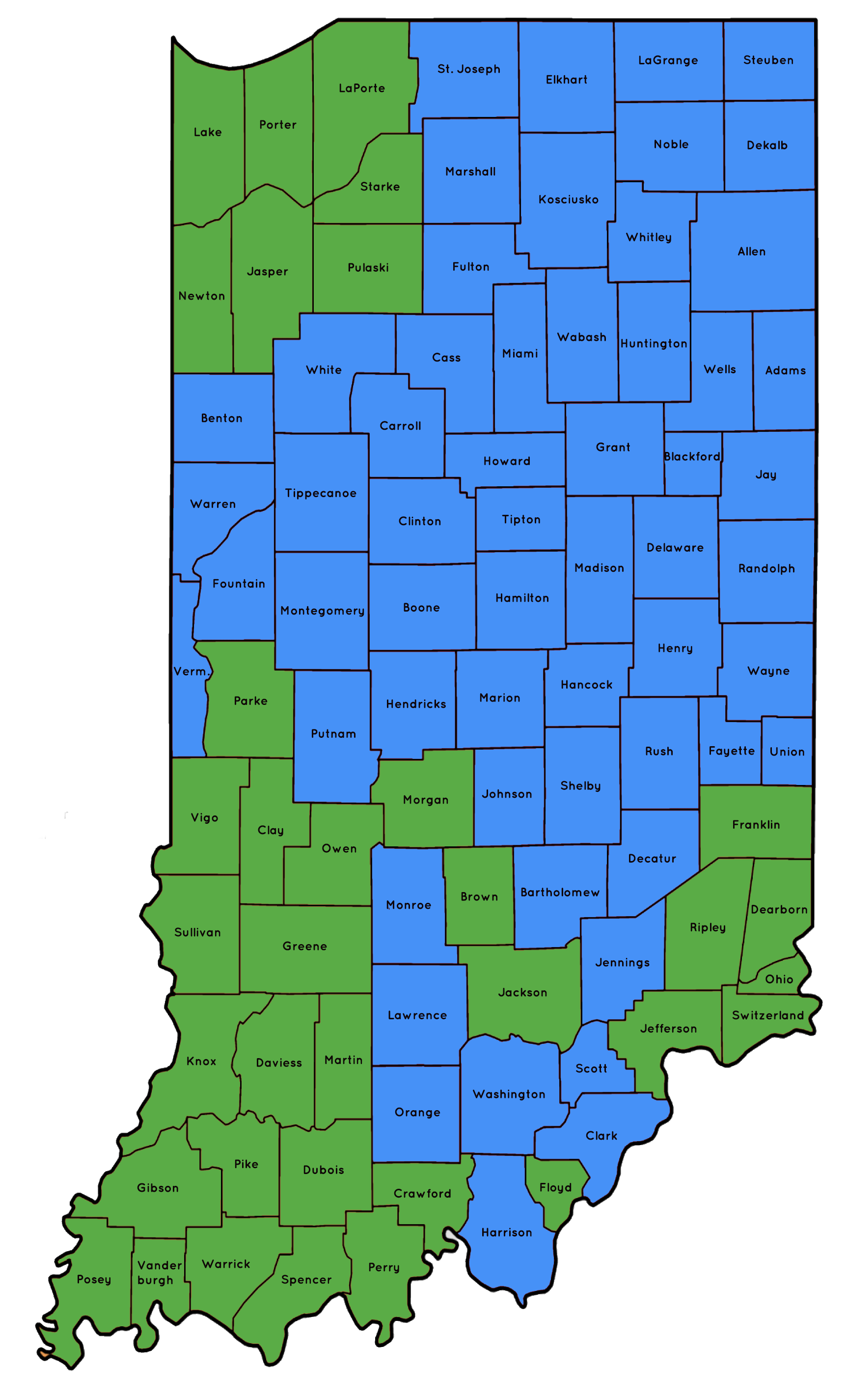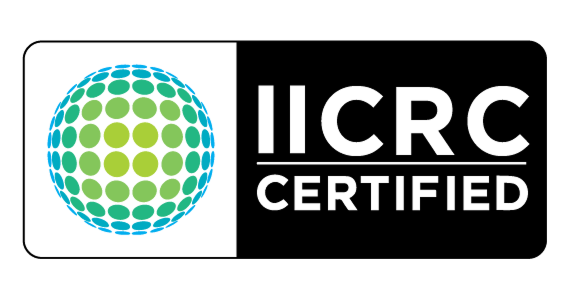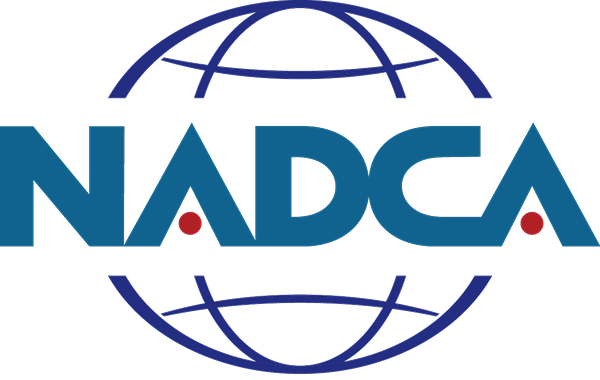Are you concerned about the presence of radon gas at your home in the Indianapolis, Indiana area? Look no further than our professional radon testing and mitigation services. At Pure Air Environmental, we specialize in providing comprehensive radon solutions to ensure the safety of your loved ones.
Our highly trained experts utilize state-of-the-art equipment to accurately measure radon levels in your property with a highly effective radon test. If elevated radon levels are detected, our skilled technicians will implement a radon mitigation system tailored to your specific needs.
From Indianapolis to Anderson, Indiana, you can have peace of mind knowing that your home is protected from the dangers of radon gas. Contact us today for a thorough radon assessment and let us create a healthier living environment for you and your family.
As a small, family-owned and operated company, we are dedicated to protecting you and your family's health and well-being.
In addition to our services, we empower our customers with knowledge and information, all for an affordable price.
The heart of our business has been built on satisfied customer referrals, one healthy home and business at a time.
The only way to detect harmful, radioactive gas is to conduct radon testing in your home. Testing is inexpensive, quick and easy. Pure Air Environmental provides education and protection for residents throughout central Indiana because every breath matters.
Constant changes in the building and environment can affect radon levels, so consistent radon testing is the only means of safe assurance. Additionally, construction materials and how the home was built can also affect radon levels, so your neighbor’s radon levels are not a conclusive indication of yours. The nature of the soil underneath your foundation can be very different from your neighbors so test every two years to beat the odds against lung cancer.
Don’t play Radon Roulette with your lungs, test your home or business before it’s too late.
Radon is a radioactive, naturally-occurring gas in the environment. Radon enters your home through basement or foundation access points or cracks and it is entirely odorless, tasteless, and colorless.
When radon gas enters homes, it attaches to dust and other particles in the air. When inhaled over a sustained period of time, these particles can become a threat to your health. The radioactive particles can attach to healthy lung tissue, causing abnormal tissue growth and, ultimately, lung cancer.
If you find out that your home harbors harmful radon levels, we offer affordable but effective solutions. Modern radon mitigation systems in newer homes can reduce the radon levels to 2 pCi/L or lower. Give us a call today to learn more or to have your home tested.
If you are concerned about radon exposure in your home, give us a call for comprehensive testing and mitigation services.
Call us today to schedule radon testing for your home.
If dangerous levels of radon are detected, we’ll assess your property for radon mitigation.
After your radon mitigation system is installed, schedule testing every 2 years to ensure regular operation.

Central Indiana is one of the worst regions in the country for radon exposure due to our soil composition.
The counties in BLUE on the Indiana Radon Map are at an elevated risk according to the most recent EPA data.
The Indiana State Department of Health estimates that nearly one out of three homes in Indiana has radon levels higher than 4pCi/L. These elevated radon levels can be present in any type of home — old and new, large or cozy, drafty or insulated, with or without a basement. Indiana’s local geology is a major factor, in cities like Indianapolis, Anderson, Carmel, Westfield, Noblesville, Fishers, Zionsville, and more. Radon levels depend largely on soil composition.
In fact, the EPA classified counties across the country into three radon zones, which indicate the estimated indoor radon level. Counties in Indiana fall in the two highest zones. On this map, the areas in blue — Zone 1 — have a high potential for radon in the soil (an estimated average indoor radon level higher than 4 pCi/L), while areas in green — Zone 2 — have a moderate potential (between 2 and 4 pCi/L) for radon in the soil.
This doesn’t mean that homeowners in Zone 2 should be complacent. In fact, houses with high radon levels have been found not just in all areas of Indiana but across homes in many other states. As such, it is best if each homeowner checks the radon levels in their properties. The EPA itself stresses that all homes should be tested, regardless of their zones.

In other states, every property that’s bought or sold is required by law to undergo radon testing. Some states including Indiana though, have no such laws for homes or buildings, so a lot of homeowners aren’t aware of the high risks or the need for radon testing. The problem is, as this map shows, the soil in Indiana, in particular, has a higher potential for radon than other states, which means your home has a strong chance of elevated radon levels. However, that doesn’t mean other states aren’t affected as well. Just like Indiana, a myriad of states have similar types of soil that may pose a high potential for high radon levels.
Major health organizations, like the Centers for Disease Control, World Health Organization and the American Lung Association, stress that radon is behind thousands of preventable lung cancer deaths every year. In fact, more than 21,000 deaths occur annually related to radon induced lung cancer. One person every 20 minutes dies due to radon gas. That translates to more deaths than drunk driving, breast cancer, drowning and house fires combined. And while the threat is greater among smokers, radon can also compromise the health of non-smokers in the state.
The good news is residential radon testing is easy and affordable in all states in America. And if you find out that your home harbors harmful radon levels, we offer affordable but effective solutions. Modern radon mitigation systems in newer homes can reduce the radon levels to 2 pCi/L or lower.
(2016) You can’t see radon. And you can’t smell it or taste it. But it may be a problem in your home. Radon is estimated to cause many thousands of deaths each year. That’s because when you breathe air containing radon, you can get lung cancer. In fact, the Surgeon General has warned that radon is the second leading cause of lung cancer in the United States today. Only smoking causes more lung cancer deaths. If you smoke and your home has high radon levels, your risk of lung cancer is especially high.
Radon can be found all over the U.S. Radon comes from the natural (radioactive) breakdown of uranium in soil, rock and water and gets into the air you breathe. Radon can be found all over the U.S. It can get into any type of building—homes, offices, and schools—and result in a high indoor radon level. But you and your family are most likely to get your greatest exposure at home, where you spend most of your time.
In 2005, then U.S. Surgeon Richard H. Carmona issued a Health Advisory that alerted Americans of the possible health hazards of radon exposure inside their houses. He stressed that more than 20,000 people die of radon-related lung cancer every year.
As such, Americans were encouraged to conduct radon testing in their homes to determine if indoor radon levels are safe. If the tests reveal that the radon level is 4 pCi/L or higher, Dr. Carmona strongly urged homeowners to find solutions that keep it at a healthy level.
To date, there are two studies that found direct evidence linking radon in homes and lung cancer; one of them is a North American study, while the other comes from Europe. Early in the debate about radon-related health risks, some experts questioned whether people could use the findings of occupational studies to calculate the radon risks in a home setting.
The two research papers, according to Tom Kelly, the former Director of Indoor Environments Division of the EPA, end the doubts about the risks of radon in American homes. Radon, he stressed, is carcinogenic and a health risk for families.
Both papers combined and analyzed the findings from several existing studies. They also affirmed the radon health risks that were predicted by occupational studies of exposed underground miners. These studies confirm that breathing in radon — even at low levels — can lead to lung cancer.
(2009) The World Health Organization (WHO) says radon causes up to 15% of lung cancers worldwide. In an effort to reduce the rate of lung cancer around the world, the World Health Organization (WHO) launched an international radon project to help countries increase awareness, collect data and encourage action to reduce radon-related risks.
Every Breath Matters.
Saving lives and lungs since 2013.


© 2025 Pure Air Environmental & Pure Air Restoration. All Rights Reserved.